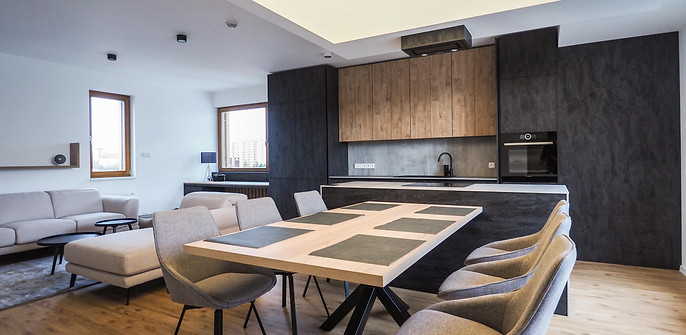Types of photovoltaic panels - what are their advantages and uses

Photovoltaic panels
Most photovoltaic panels on the market are made of silicon. They differ in the method of production and the resulting technical properties.
You will most often encounter three types:
- Monocrystalline panels
- Polycrystalline panels
- Amorphous panels
Monocrystalline panels
- have the highest efficiency, with an ideal orientation to the sun and an ideal slope, the efficiency is around 20%
- panels tend to be more expensive
- they usually have a dark shade of brown to black
- cells are formed from one larger silicon crystal
Recommended installation at ideal slope and orientation.

Polycrystalline panels
- less efficiency around 15 – 17%
- cheaper than monocrystalline
- even performance in diffused light, they work well on less-than-ideally oriented roofs, or under cloudy skies
- have a typical blue hue
- are formed by cells with an uneven surface, which consist of a large number of small crystals
Recommended installation where there is some deviation from the ideal orientation. If the light comes from the side and is more diffused.

Amorphous panels
- lowest efficiency around 11%
- the ability to generate electricity even from scattered light
- they work well even in winter when there is less direct sunlight
- are used in cases where the panels cannot be placed in an ideal position facing south
- The basis of these panels is a thin silicon layer applied to a carrier material (glass or foil)
- The advantage of amorphous silicon is that its efficiency decreases significantly more slowly with increasing temperature and it does not overheat as easily as with crystalline silicon.
Recommended installation on a large surface that may not be properly oriented.< span style="color: #3c3732;">

Image: Waterproofing film with integrated photovoltaic panel, source: Fieldsken Ken Fields, Wikimedia Commons

Image: Sheet metal roof with integrated solar panel, source: Architectsea, Wikimedia Commons
Position of panels
- the ideal position is towards the south with a 35° inclination
- if the panels cannot be placed in an ideal position, the lower light intake must be compensated with a larger number of additional panels
- it is important that no shadow falls on the installed panel (it can reduce the performance by up to 1/3).
Photovoltaic products
- Photovoltaic panels
- Sheet metal roofing with an integrated solar panel
- Bag with integrated solar panel
- Photovoltaic roof shingle
- Waterproofing foil with integrated photovoltaic panel
Examples of roof solar panels and solar coverings
- panels
- sheet metal roofing with an integrated solar panel
- fired or concrete bags with an integrated solar panel
- photovoltaic roof shingle
- waterproofing foil with integrated photovoltaic panel

Image: Bag with integrated solar panel, source: Solar tiles on house roofs by Stephen Craven, Wikimedia Commons< /u>











